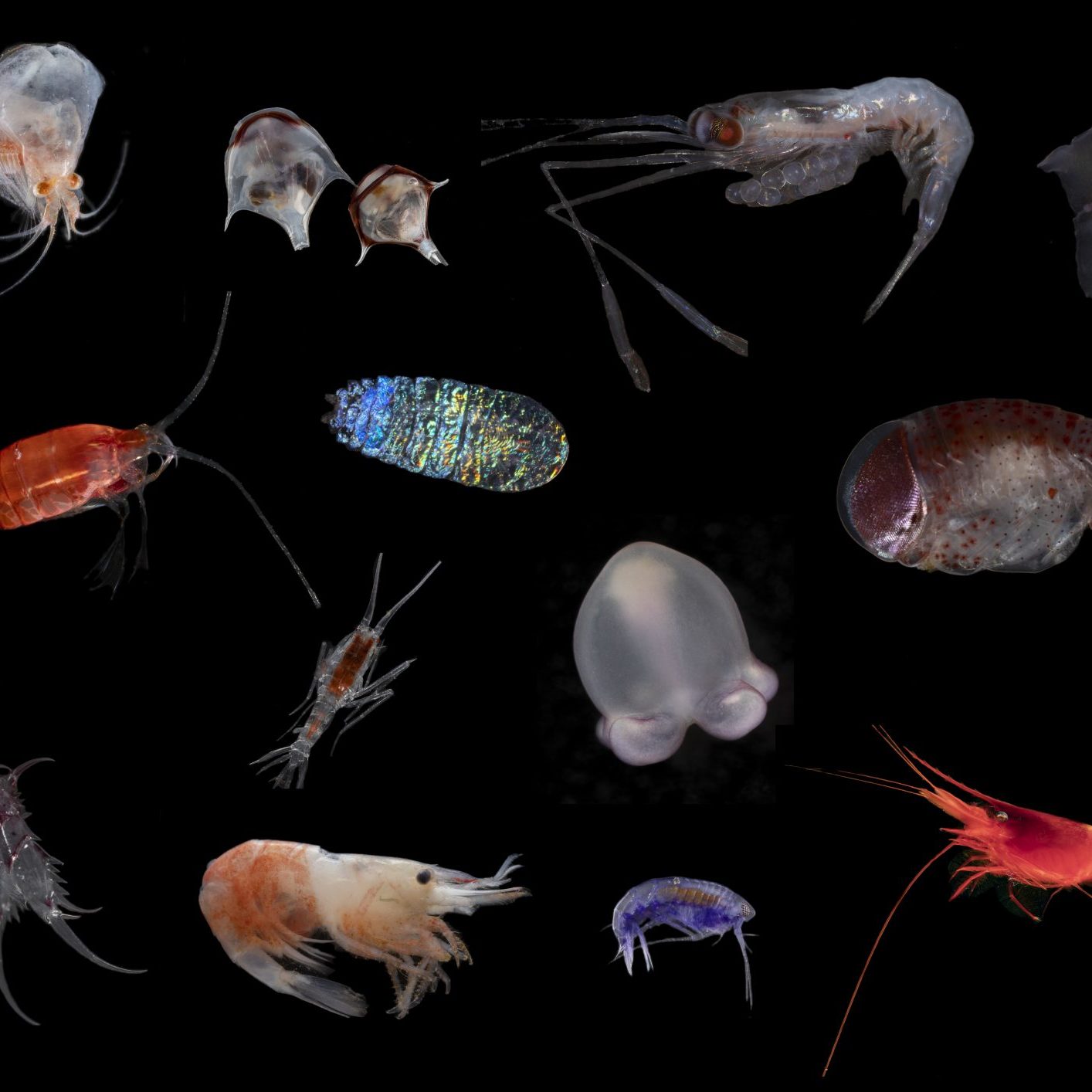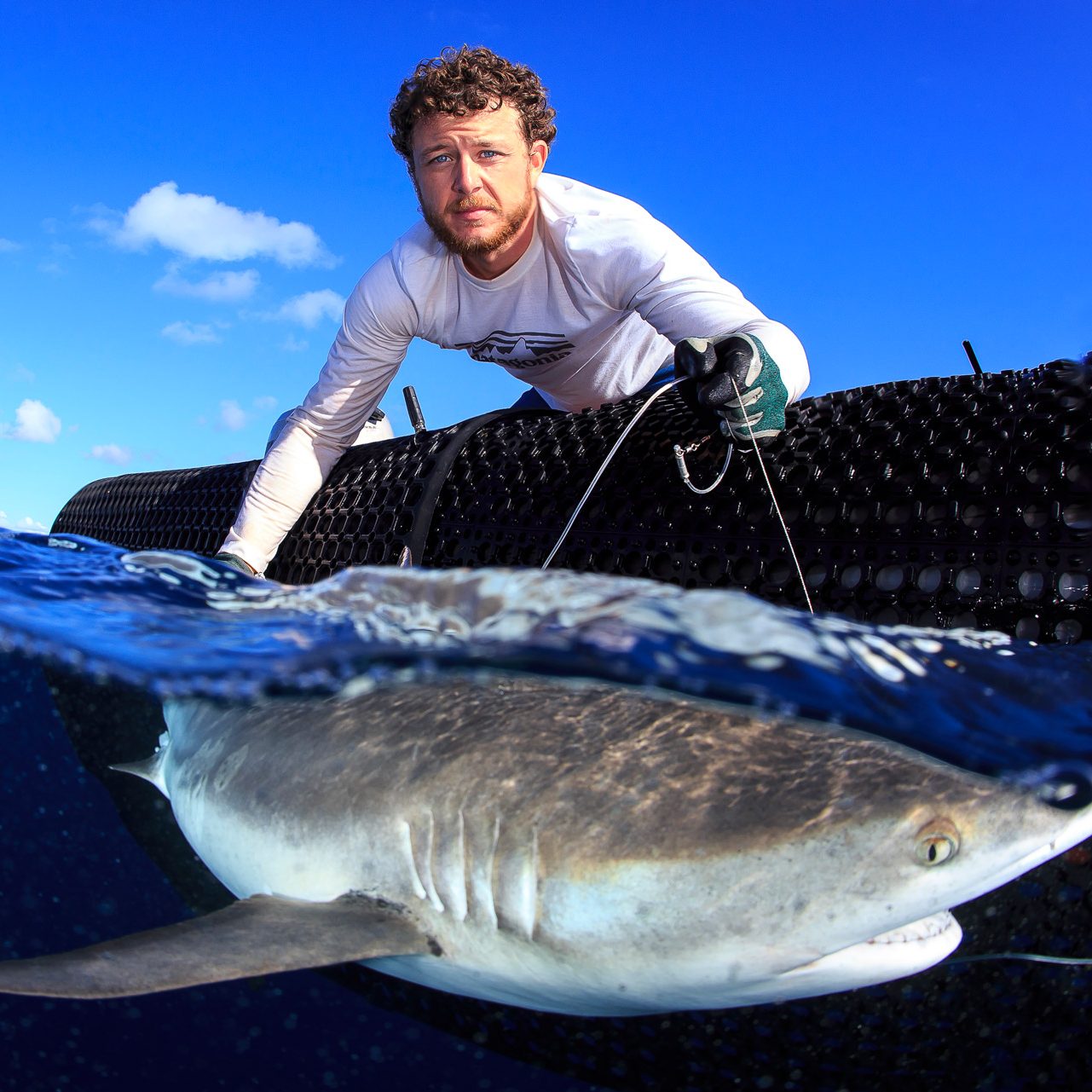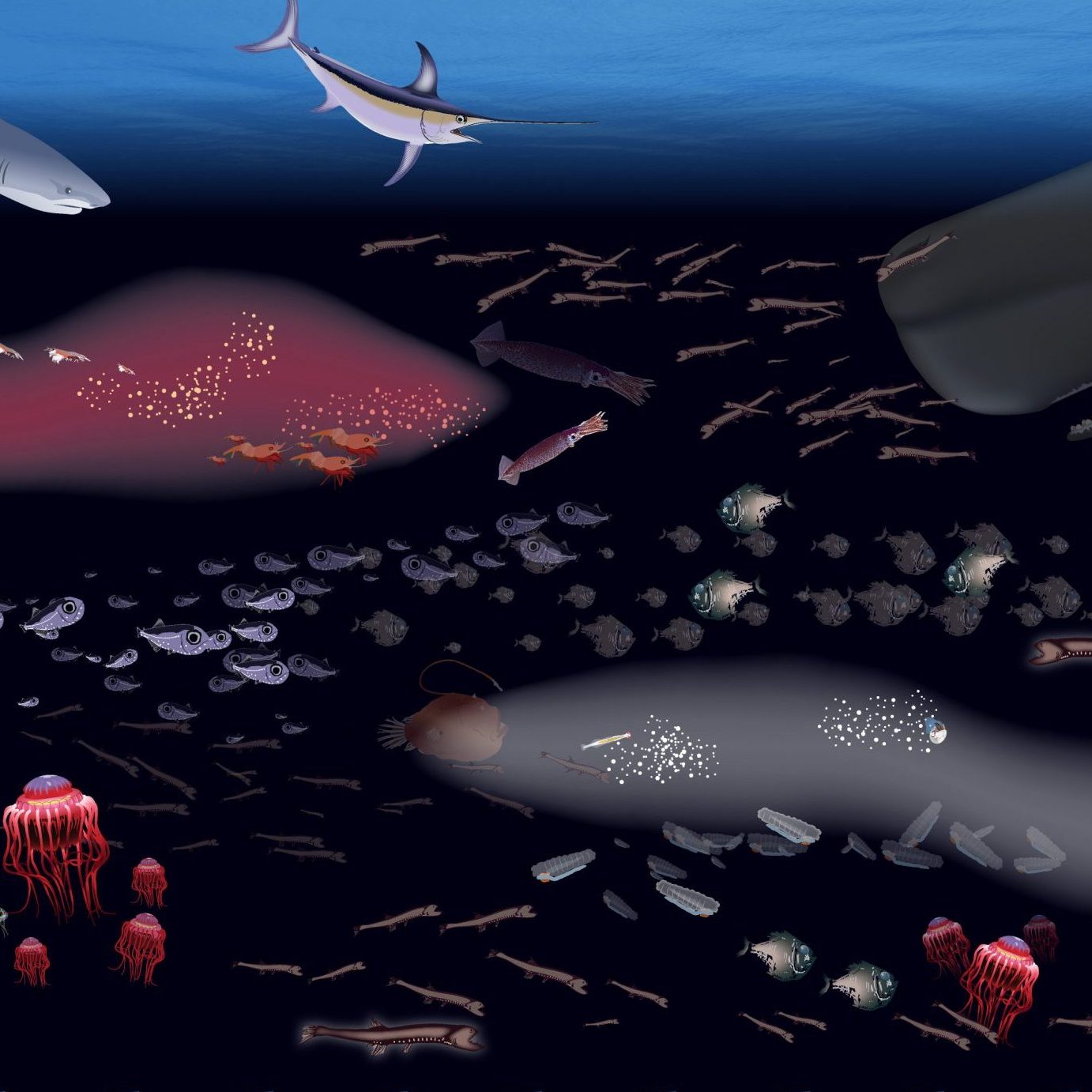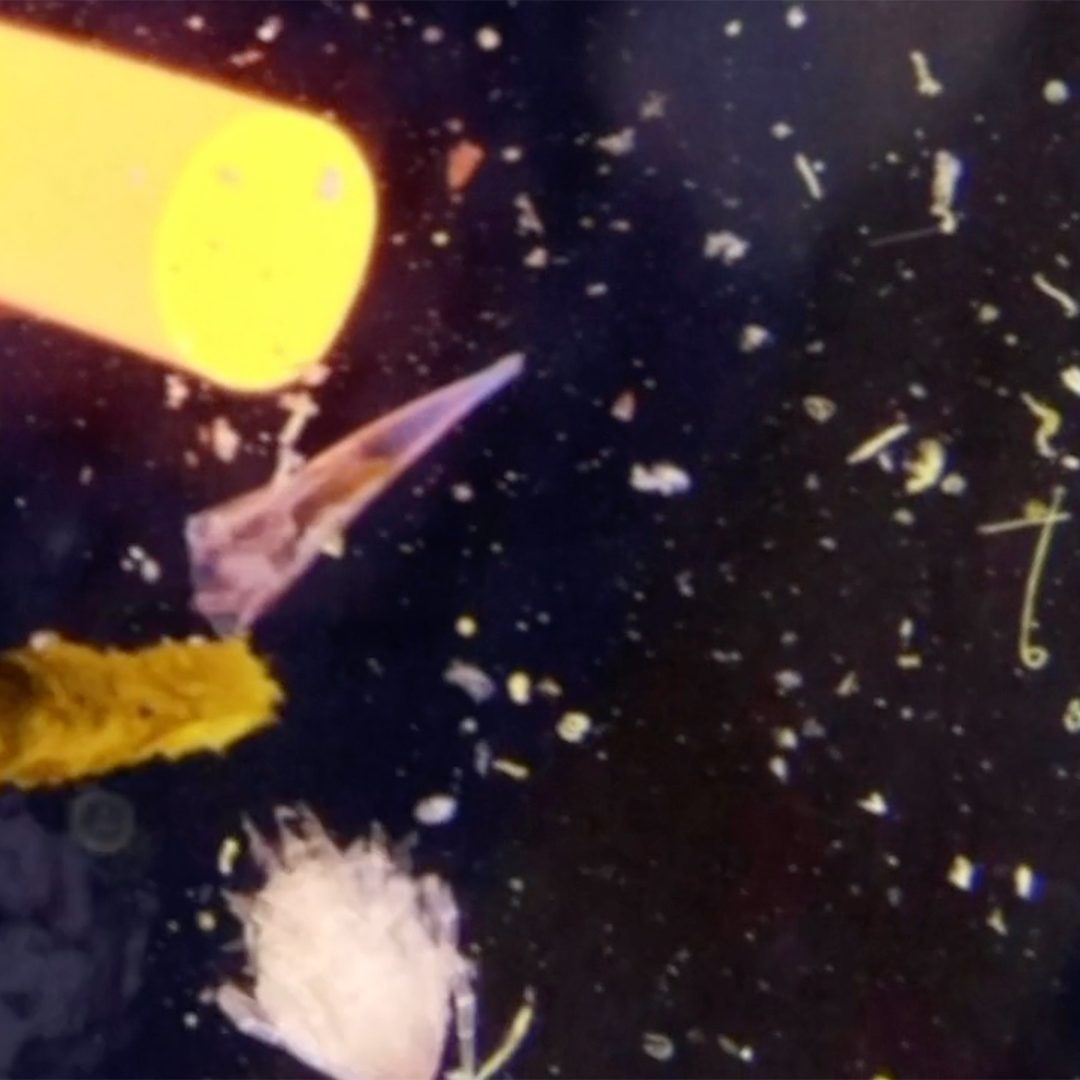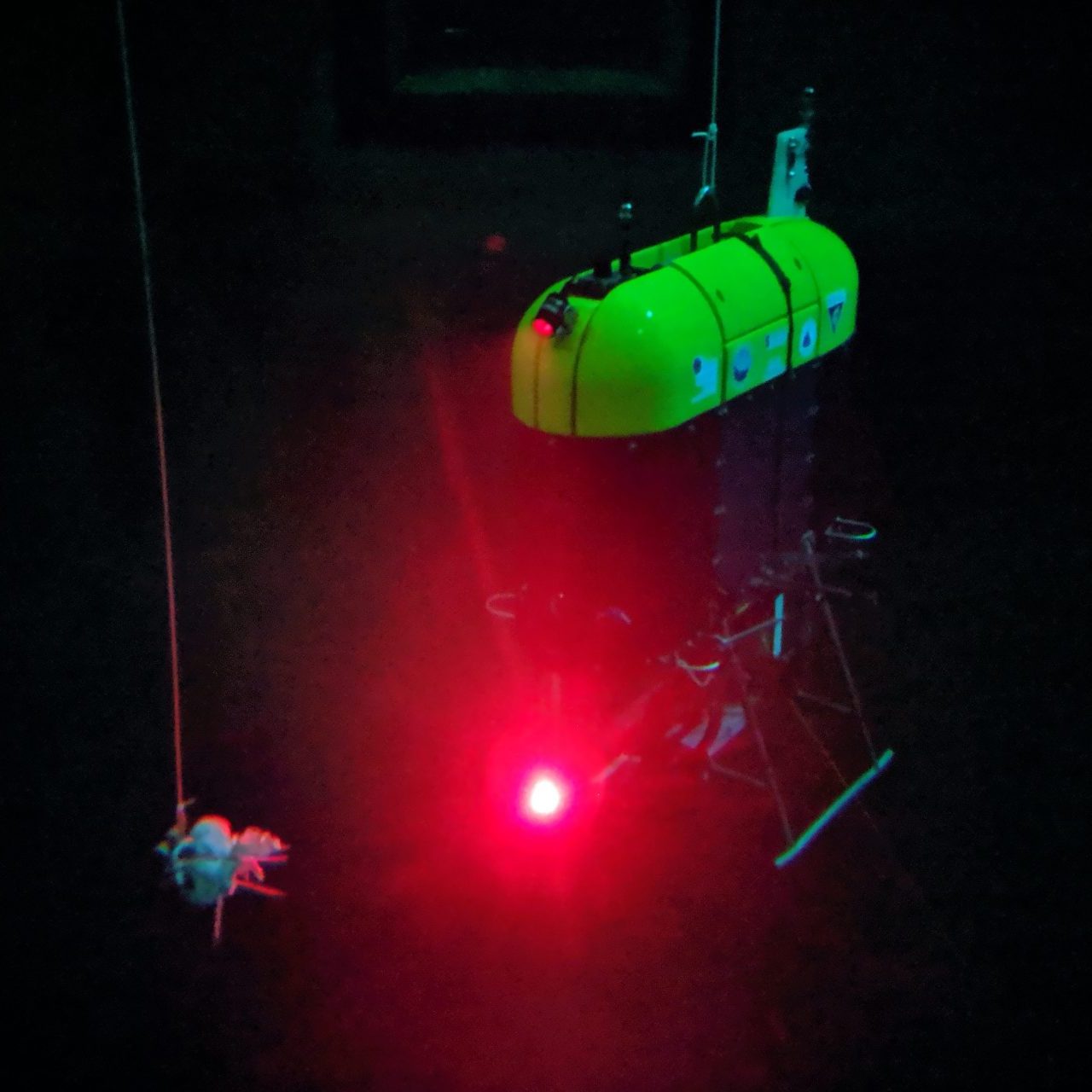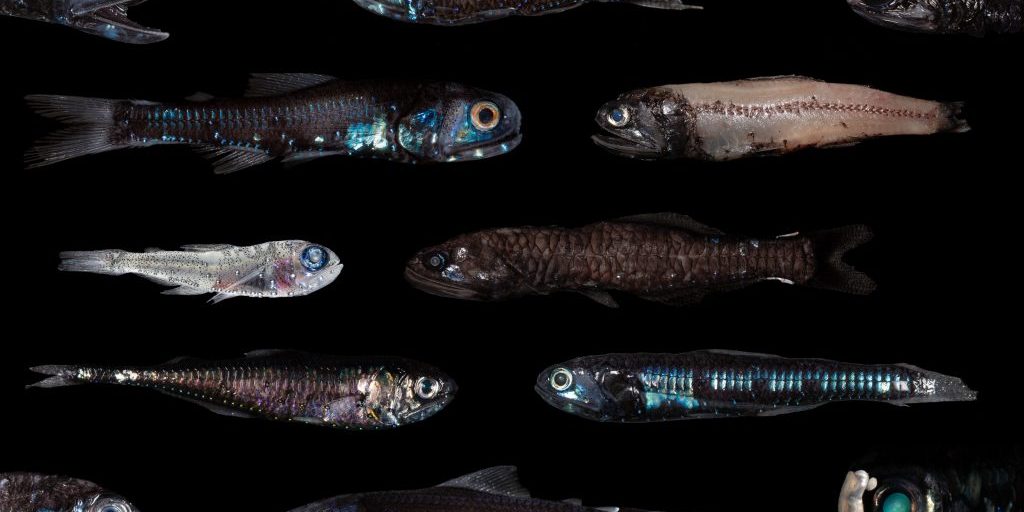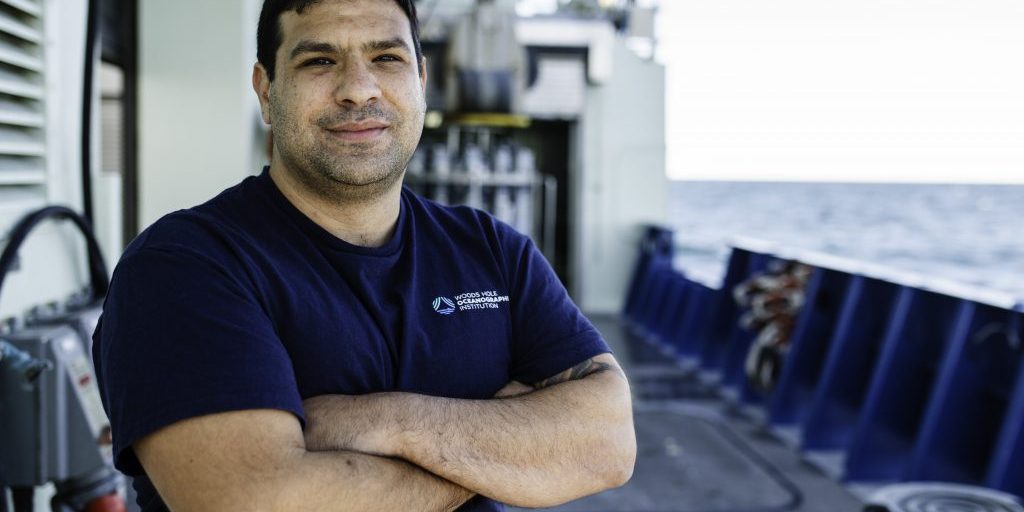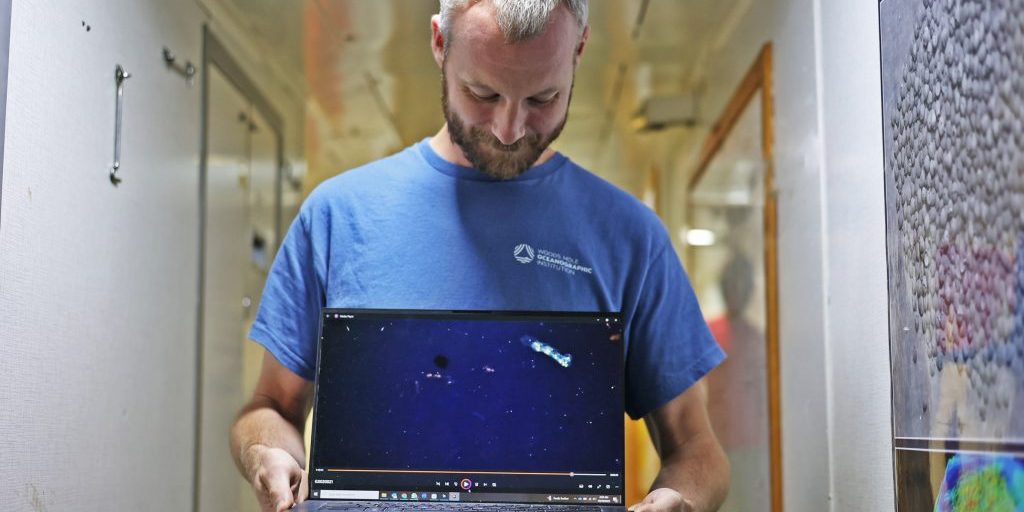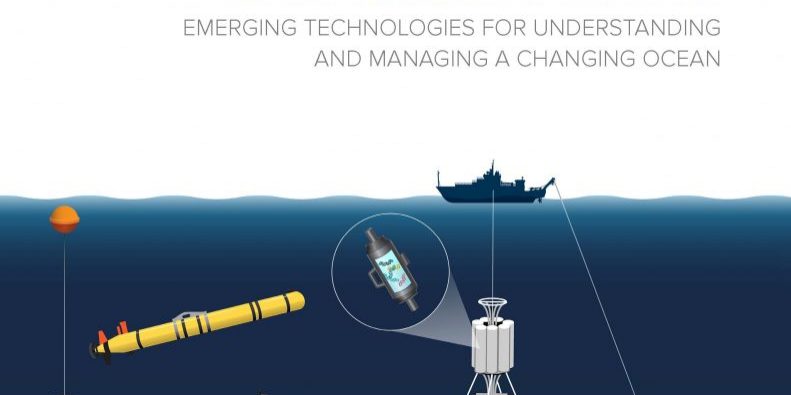The ocean twilight zone takes up a massive area, covering almost all of the world's open oceans. Yet despite its size, it's still not well understood by scientists. Our team aims to fill those gaps in knowlege, creating a more comprenensive view of the zone than ever before.
To that end, our researchers are studying the zone in a number of complimentary ways. Some are working to identify the animals that live in the zone, and learn how they behave throughout their lives. Others aim to understand the zone's role in the larger ocean ecosystem, and will unravel its complex food webs. Others still are looking at the region's impact on global climate, carbon sequestration, global fisheries, and more.
Along the way, our team is developing exciting new technologies to study the zone in ways never before possible. With these tools and methods, we seek to understand its complexities, re-imagine its commercial use in the future, and create a sustainable way for humans to interact with its waters.
Our Science Objectives
Biomass and Biodiversity
The twilight zone may be one of Earth’s largest habitats, but only a fraction of it has been explored. Recent studies suggest that biomass and biological diversity of the twilight zone is far greater than previously thought. New technology and methods being developed at WHOI will help to fill knowledge gaps like these. The data collected will also provide the basis for better informed management decisions to support sustainable use and climate modeling in the future.
Life Histories and Behavior
Before we can understand how human activity might affect any given species, we first have to know basic details about its life history. That includes knowing how quickly a population can replenish itself—and thus how resilient it is—and how organisms behave in their natural environment. While some of these traits have already been documented in twilight zone species, there is still a vast array of life that is unstudied. We are developing and implementing new tools and techniques to greatly expand our understanding of how animals live their lives in the twilight zone.
Food Webs
There is a great deal we don't know about the roles that twilight zone animals play in the open ocean. The limited information we do have suggests that twilight zone ecosystems are important feeding grounds for commercial fish like tuna and swordfish, which are among the world’s most valuable seafood species. Many twilight zone animals also take part in the largest migration on the planet, traveling up to surface waters each night to feed on plankton before returning to the safety of deeper, darker waters during the day. Our goal is to identify how twilight zone animals thrive, and how this region is connected to other parts of the ocean.
Carbon & Climate Change
Understanding how Earth will respond to increasing carbon dioxide emissions is arguably the most significant scientific question of our time. The twilight zone may be critical for moving carbon from the ocean’s surface to the deep waters, where it is sequestered for hundreds or even thousands of years. Yet the global climate changes we are already seeing—along with pressure from commercial fishing—will affect critical twilight zone processes, and may even interrupt its ability to store carbon safely. Our goal is to piece together how the flow of carbon through the twilight zone is controlled, and to improve predictions of how climate change will play out in the zone moving forward.
Technology
An explosion of new technologies is revolutionizing oceanography and giving scientists unprecedented access to remote places like the twilight zone. Our team plans to use and extend technologies like autonomous robots, remotely operated vehicles, autonomous floats/profilers, and sensor arrays in order to answer key questions about the twilight zone. We also aim to link these tools into an “underwater internet” that will help inform scientific exploration, public engagement, and policy decisions.







